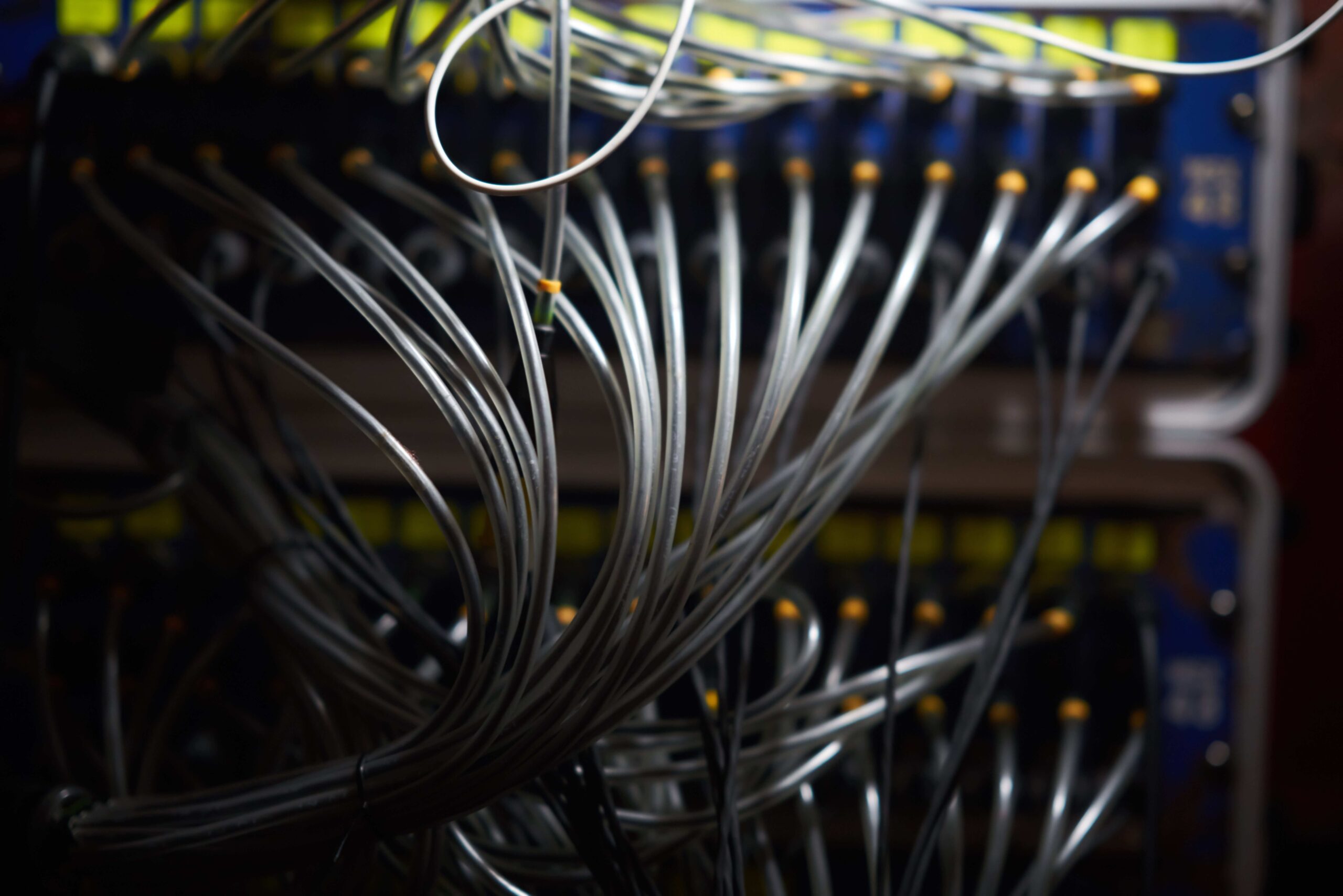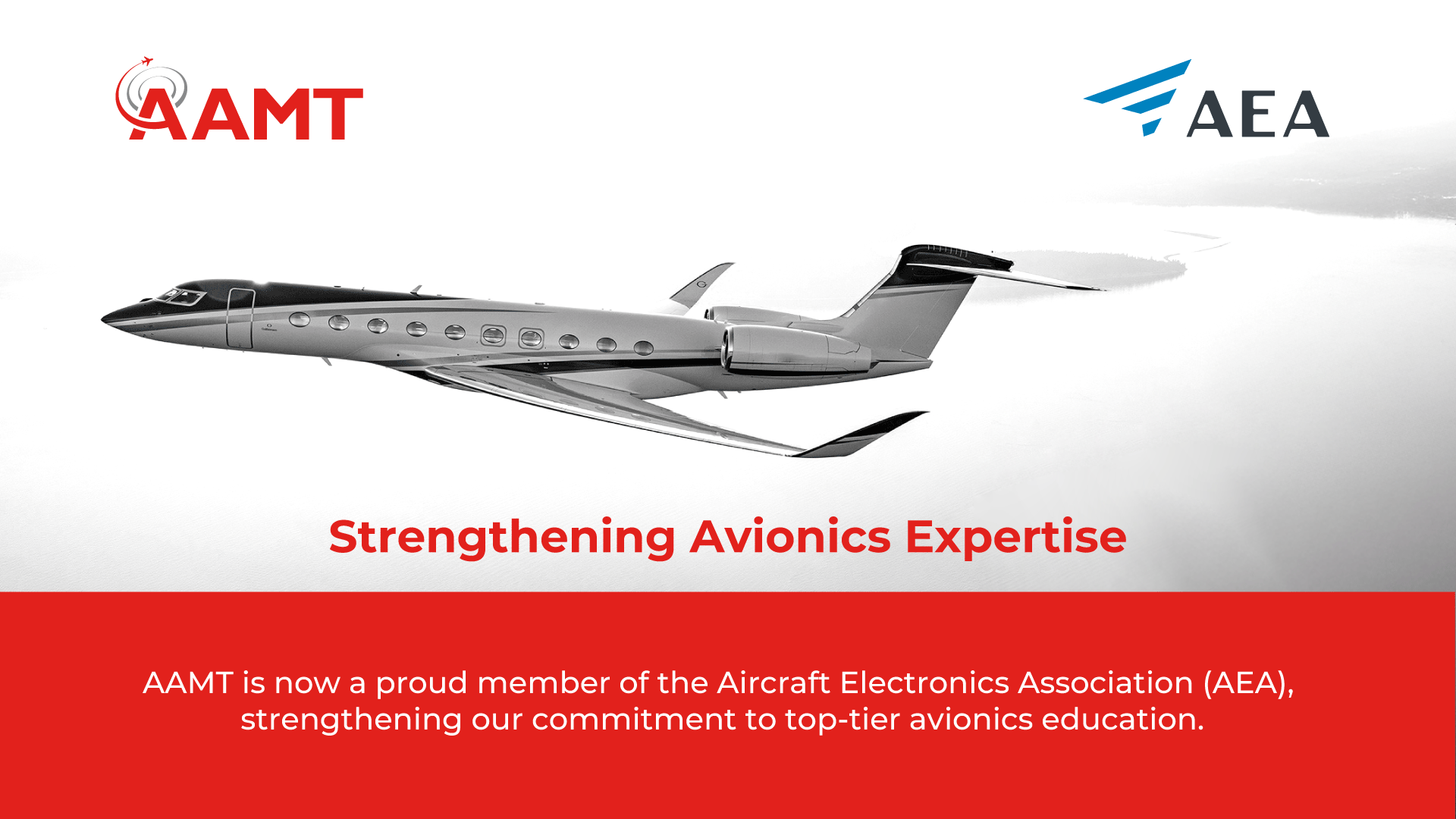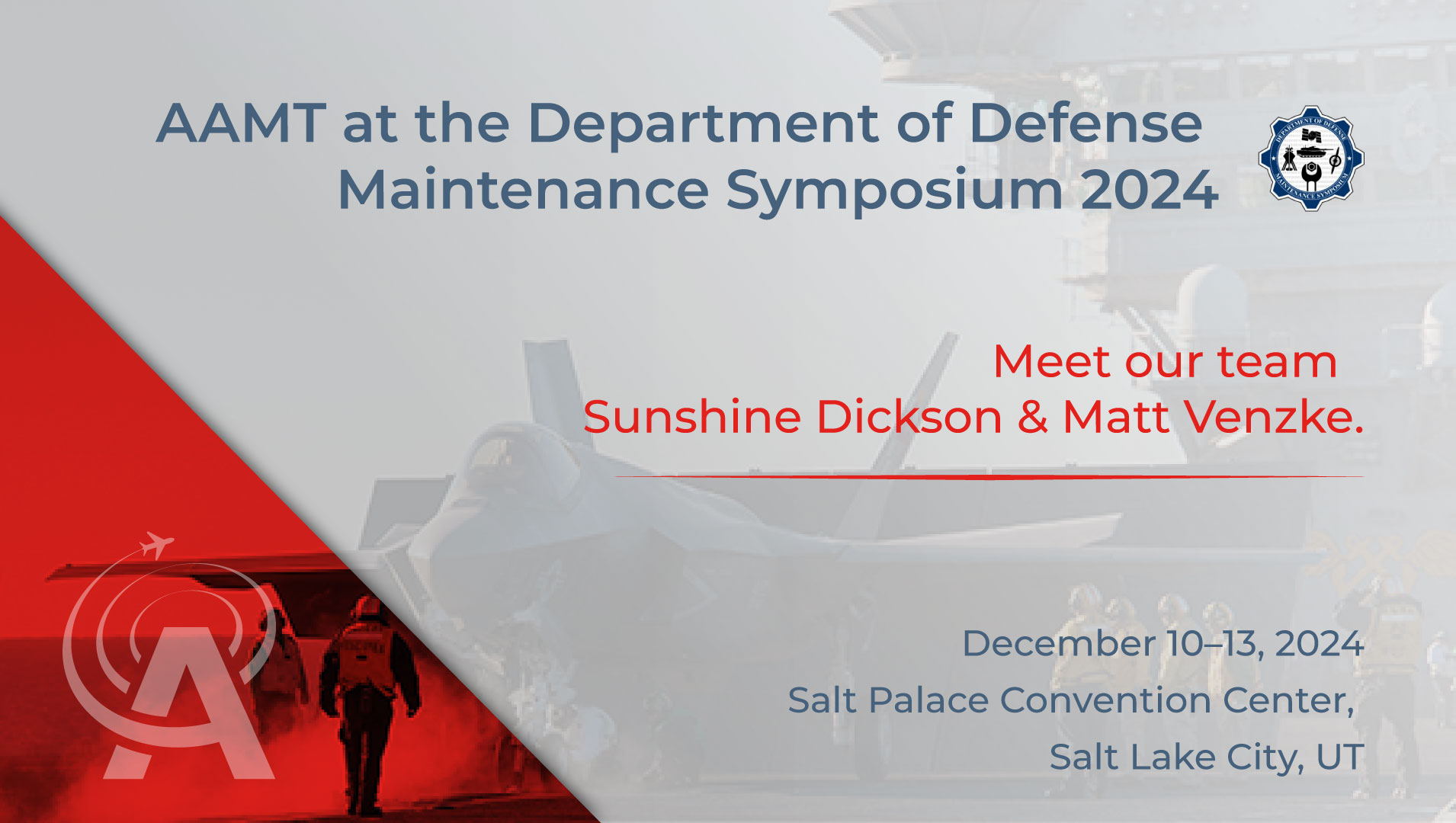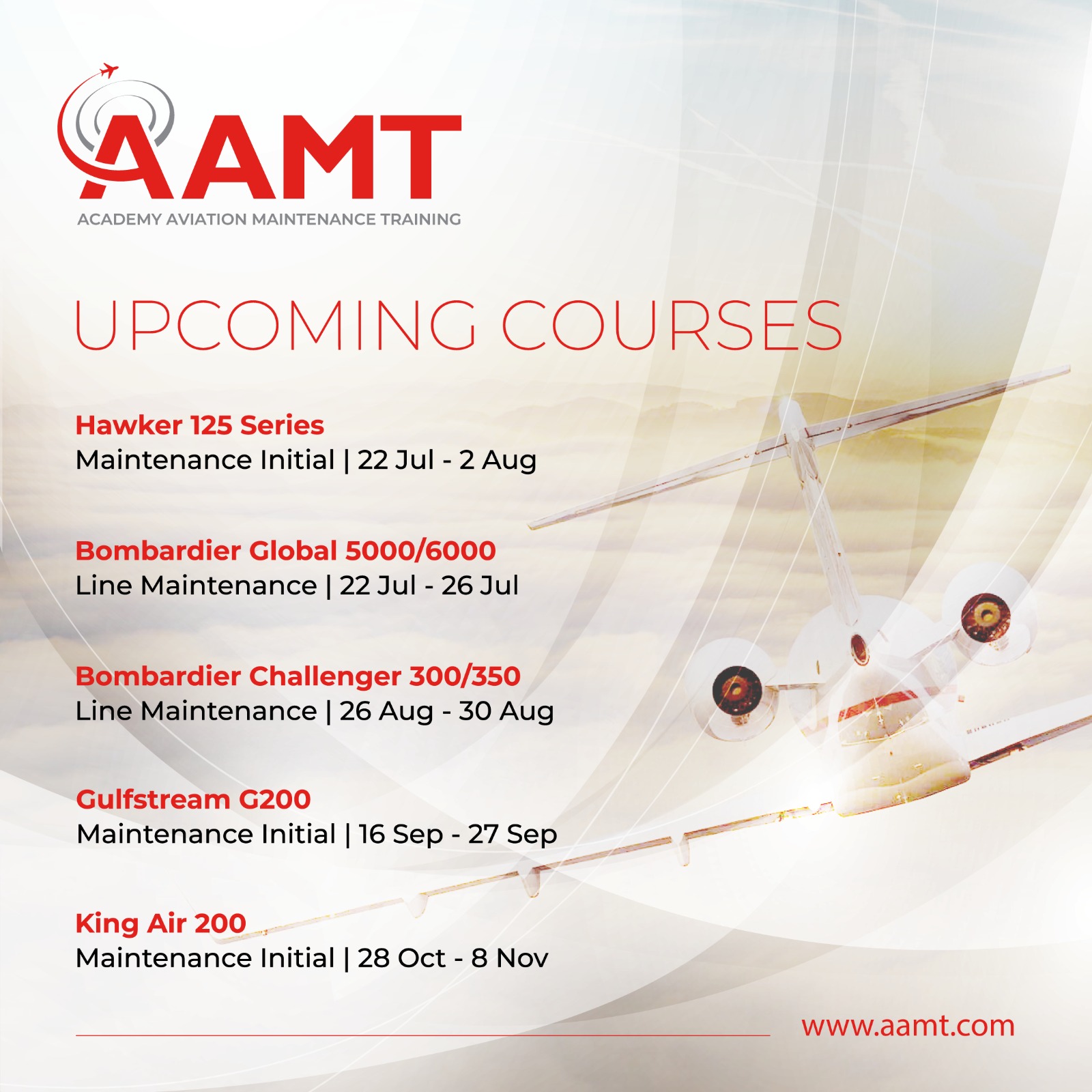
Ensuring Skies Stay Safe: The Importance of Proper Wire Termination in Aviation
AAMT offers specialized training in Wire Termination.
In the vast and dynamic world of aviation, safety is paramount. From commercial airlines to private jets, helicopters, and military aircraft, every flight relies heavily on the intricate network of electrical systems. Among these systems, wire termination plays a critical role in ensuring the safe and reliable operation of aircraft. In this blog post, we delve into the significance of proper wire termination in aviation and its impact on the safety and performance of these high-flying machines.
- Safety First: Avoiding Electrical Failures
In aviation, where split-second decisions can make all the difference, reliable electrical systems are essential. Proper wire termination is a fundamental aspect of maintaining the integrity of the aircraft’s electrical connections. Incorrect terminations can lead to electrical failures, causing system malfunctions or even catastrophic consequences during flight. By adhering to industry standards and conducting meticulous wire terminations, aviation professionals can drastically reduce the risk of electrical issues.
- Maintaining Signal Integrity
Wire termination is not just about securing a connection; it also affects the signal integrity within the aircraft’s electrical systems. A weak or improper termination can cause signal degradation, leading to communication errors, navigation issues, or instrument malfunctions. To maintain precise data transmission and communication between various avionic systems, proper wire termination is an absolute must.
- Preventing Fire Hazards
The aviation environment poses unique challenges, and one of the most critical concerns is fire safety. Faulty wire terminations can cause sparks or excessive heat generation, potentially leading to electrical fires on board. Adequate wire termination techniques, such as crimping, soldering, or using approved connectors, significantly reduce the risk of fire hazards and enhance the overall safety of the aircraft.
- Enduring Mechanical Stress
Aircraft endure tremendous mechanical stress during takeoff, landing, turbulence, and extreme weather conditions. Properly terminated wires are better equipped to withstand these challenges, ensuring that connections remain secure and electrical systems stay functional even in demanding flight conditions. Robust terminations prevent wires from coming loose or becoming damaged, which is especially crucial in critical flight control systems.
- Compliance with Regulatory Standards
The aviation industry is heavily regulated to ensure the highest standards of safety. Proper wire termination is an integral part of these regulations, and non-compliance can lead to severe consequences. Airlines, maintenance facilities, and aircraft manufacturers must adhere to established guidelines, such as those outlined by the Federal Aviation Administration (FAA) and international aviation bodies, to maintain the airworthiness and certification of their aircraft.
- Reducing Maintenance Downtime
Aircraft maintenance is not only costly but also affects an aircraft’s availability for service. Faulty wire terminations can lead to frequent system failures, resulting in increased downtime for troubleshooting and repairs. By investing in proper wire termination during installation and maintenance, aviation operators can significantly reduce maintenance-related downtime, ensuring more reliable and efficient operations.
Conclusion
The skies are the domain of dreams and possibilities, but they also demand the utmost commitment to safety and precision. Proper wire termination in aviation is not a mere technicality; it is the foundation of safety, reliability, and performance in flight. From preventing electrical failures to ensuring signal integrity and reducing fire hazards, the significance of accurate wire termination cannot be overstated. By upholding the highest standards and embracing the latest advancements in wire termination technology, the aviation industry can continue to soar to new heights while keeping passengers and crew safe on every journey.






